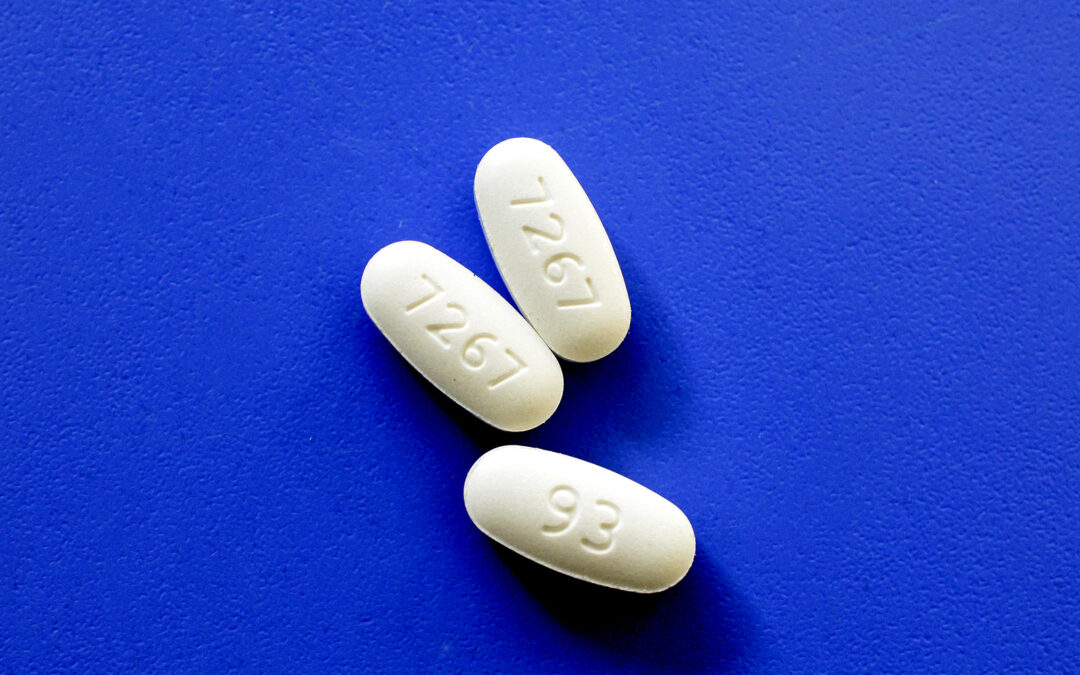Finding the Right Treatment for You
If you have diabetes, managing blood sugar is key to feeling your best and avoiding complications. But with so many medications available, it can feel overwhelming. The good news? There are plenty of options, and finding the right one doesn’t have to be complicated.
Let’s break it down into simple, easy-to-understand information so you can feel confident about your treatment.
Metformin – The First Medication for Many
If you have Type 2 diabetes, Metformin is often the first medication doctors prescribe. It’s been around for a long time and is one of the most commonly used diabetes drugs.
- How it works: Metformin lowers the amount of sugar your liver makes and helps your body use insulin better.
- How effective is it? It can lower A1C (your average blood sugar over three months) by 1-2%.
- Extra benefits: It doesn’t cause weight gain and may even help with weight loss.
Possible Side Effects
Some people experience stomach issues like bloating, nausea, or diarrhea—often called the “Metformin Stomach.” Taking it with food and drinking plenty of water can help.
Other Diabetes Medications
If Metformin alone isn’t enough, your doctor may recommend adding another medication to help control blood sugar. Here are two common types:
SGLT2 Inhibitors – Helping Your Body Get Rid of Extra Sugar
- Common brands: Jardiance, Invokana, Farxiga
- How they work: These medications help your kidneys remove extra sugar through urine.
- Why they’re useful: They can lower A1C by about 0.5-1% and may also reduce the risk of heart disease.
- Potential downside: Since sugar is leaving your body through urine, there’s a higher chance of urinary tract infections (UTIs).
GLP-1 Receptor Agonists – Helping You Eat Less and Control Sugar
- Common brands: Ozempic, Trulicity, Victoza
- How they work: These medications help you feel full longer, slow digestion, and help your pancreas release the right amount of insulin.
- Why they’re useful: They can lower A1C by 1.5-2% and help with weight loss (some people lose 5-10% of their body weight).
- Potential downside: Nausea is common at first, but it usually gets better over time.

Insulin – When It’s Needed
For people with Type 1 diabetes, insulin is essential because their bodies don’t make it at all. For some with Type 2 diabetes, insulin may be needed if other medications aren’t enough.
Types of Insulin and How They Work
| Type of Insulin | How Fast It Works | How Long It Lasts | When It’s Used |
|---|---|---|---|
| Rapid-acting (Humalog, Novolog) | 10-30 minutes | 3-5 hours | Taken at meals to control blood sugar spikes |
| Short-acting (Regular insulin) | 30-60 minutes | 5-8 hours | Helps control mid-range blood sugar levels |
| Intermediate (NPH, Humulin N) | 1-2 hours | 12-18 hours | Provides background insulin throughout the day |
| Long-acting (Lantus, Tresiba) | 1-2 hours | Up to 24 hours | Keeps blood sugar steady all day and night |
Staying Safe with Insulin
One of the biggest concerns with insulin is low blood sugar (hypoglycemia), which happens when blood sugar drops below 70 mg/dL. Symptoms include shakiness, confusion, dizziness, and sweating. If this happens, eating something with fast-acting sugar—like juice or glucose tablets—can bring levels back up.
Making Diabetes Medications Work for You
Managing diabetes isn’t about being perfect—it’s about finding what works for your body. The right medication, combined with healthy eating, staying active, and regular blood sugar checks, can help you feel your best and avoid complications.
If you’re unsure about which medication is right for you, talk to your doctor. With the right approach, managing diabetes can be much easier than it seems.


